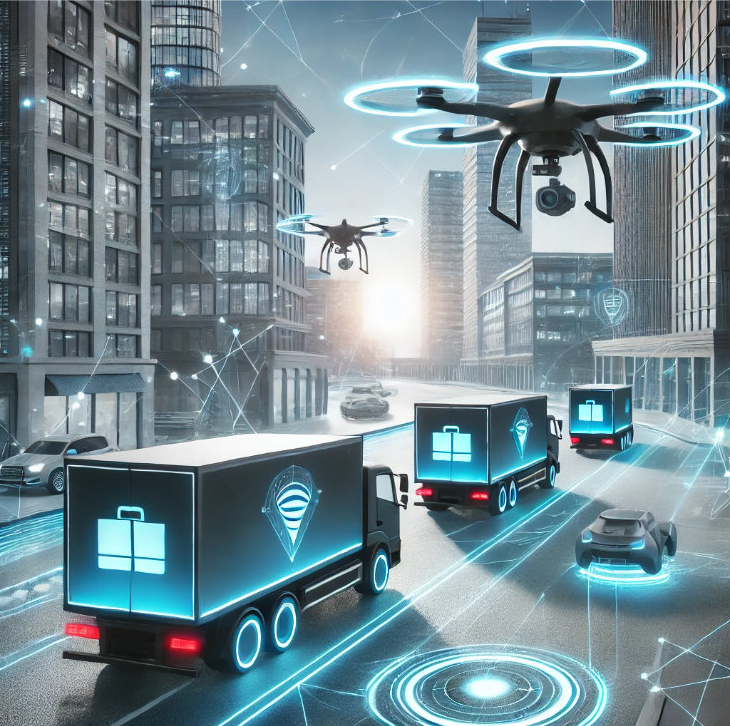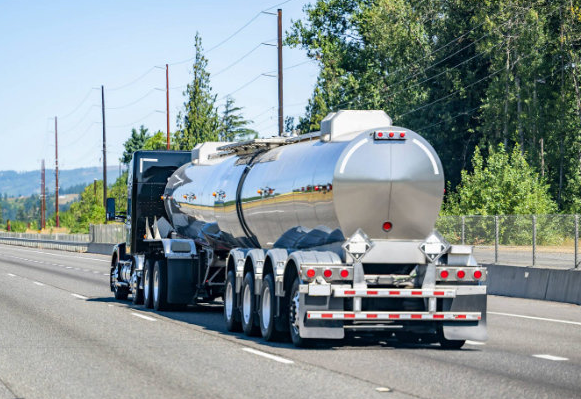Editor's Pick


In the rapidly evolving world of logistics, vehicle route optimization plays an important role in businesses' goals to increase efficiency, reduce costs and improve customer satisfaction. By leveraging advanced technologies and innovative strategies, companies can meet the demands of modern supply chains. Vehicle route optimization involves creating the most efficient routes that vehicles should follow during deliveries, pickups or other transport-related tasks. This process is critical for reducing fuel costs, minimizing travel time and increasing overall efficiency. Route optimization software uses algorithms to calculate the shortest path, fastest path and optimal routes for various scenarios: Thanks to AI integration, these vehicles can dynamically adapt to real-time changes such as traffic conditions, weather and order priorities. 3. Areas of Use in Industries E-commerce Delivery: With the growth of online shopping, effective delivery route planning ensures products are delivered on time and increases customer loyalty. Field Services: Route optimization helps field service teams reach multiple locations as quickly as possible and increases efficiency. Hazardous Material Optimization: Ensures the transportation of hazardous materials on safe and compliant routes. Territory Management: Optimization helps sales teams cover their territories efficiently and improves sales performance. 5. Overcoming ChallengesThe complexities of logistics often include problems such as the Traveling Salesman Problem (TSP) and the Vehicle Routing Problem (VRP). Advanced algorithms and AI-powered solutions simplify these challenges by calculating the most efficient routes for multiple vehicles and destinations. 7. How to Choose the Right Route Optimization Software?Consider these criteria when choosingroute optimization software: ConclusionThe Future of Logistics, Vehicle Route Optimization and More
1. What is Dynaroute Vehicle Route Optimization?
2. Key Benefits of Route Optimization
4. Advanced Technologies in Route Optimization
6. Future Trends in Route Optimization
In a world focused on efficiency and sustainability, route optimization has become a necessity, not a luxury. By investing in advanced technologies and taking a forward-thinking approach, businesses can cut costs, reduce their environmental impact and deliver unparalleled customer satisfaction. Whether it's e-commerce delivery, field services or logistics management, optimized routes pave the way to success.
Prepare for the future by adopting tools and strategies to transform your logistics operations today!





